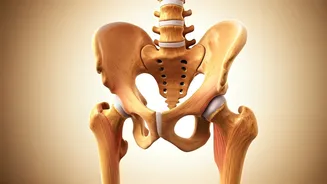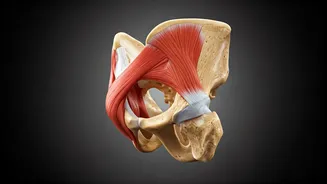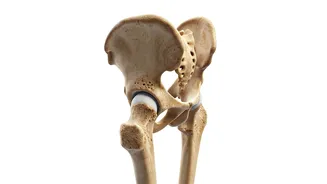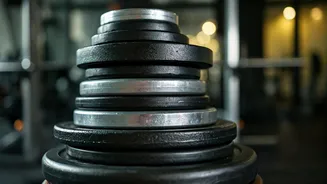Why Strong Hips?
The often-overlooked hip flexors are vital muscles connecting the upper and lower body, supporting movement and stability. Strong hips are essential for
everyday activities like walking, sitting, and bending, and they play a crucial role in maintaining good posture and preventing lower back pain. Weak hip flexors can lead to various problems, including pain, reduced mobility, and an increased risk of injury. In contrast, well-conditioned hip flexors promote better balance, flexibility, and overall functional fitness. Ignoring hip health can lead to a decline in physical performance and an increased risk of falls, particularly as one ages. Prioritizing hip strength through targeted exercises is a proactive step towards maintaining a healthy and active lifestyle, allowing for greater comfort and freedom of movement in daily activities. This is particularly important for individuals who spend extended periods sitting, as this can weaken the hip flexors.
Supine Hip Flexor Raises
This exercise is a fundamental movement targeting the hip flexors, providing a direct and effective way to strengthen these essential muscles. To perform supine hip flexor raises, begin by lying on your back with your legs extended and your knees straight. Place your hands by your sides or under your glutes for support. Engage your core to stabilize your spine and then slowly lift both legs off the ground, keeping your legs straight. Raise your legs until they are at a 45-degree angle or as far as you comfortably can without straining your lower back. Hold this position for a few seconds, focusing on engaging your hip flexors. Slowly lower your legs back to the starting position, maintaining control throughout the movement. Repeat this exercise for several repetitions. This exercise can be modified by bending your knees slightly to reduce the intensity. Regular practice of supine hip flexor raises will greatly contribute to building stronger hip flexors and overall hip health. As you advance, you can increase the difficulty by holding the raised position for longer or adding ankle weights.
Kneeling Flexor Raises
The kneeling hip flexor raise is a dynamic exercise that improves hip flexor strength while incorporating elements of balance and coordination. To begin, kneel on the floor with one knee down and the other foot planted firmly on the ground in front of you at a 90-degree angle. Ensure your back is straight and your core is engaged to prevent arching. Slowly lean forward from the hips, contracting the hip flexor of the back leg. Keep your back straight, and you should feel a stretch in the hip flexor of your kneeling leg. Return to the starting position with control. Repeat this movement for several repetitions before switching legs. Proper form is crucial; avoid overextending the back or leaning excessively forward, as this can strain your lower back. This exercise not only strengthens the hip flexors but also improves hip mobility and balance. It is a functional exercise that can easily be incorporated into any workout routine to enhance lower body strength and flexibility. Consistency is key when performing this exercise to maximize its benefits and prevent injuries.
Seated Isometric Hold
The seated hip flexor isometric hold is a simple yet effective exercise for building hip flexor strength and endurance. Sit upright in a chair with your feet flat on the floor. Place your hands on the tops of your thighs. Engage your core and keep your back straight throughout the exercise. Press your thighs down into your hands, as if you're trying to stand up, but remain seated. Hold this position for 15-30 seconds, maintaining tension in your hip flexors and thighs. Focus on keeping your back straight and your core engaged to maximize the effectiveness of the exercise. After holding, relax and rest for a moment before repeating. This isometric exercise is beneficial because it doesn't involve any movement, so it can be performed anywhere without any equipment. The seated isometric hold is particularly useful for people who spend long hours sitting at a desk, as it helps counteract the effects of prolonged sitting. The exercise also improves muscular endurance and promotes better posture. Regular practice of this exercise helps in enhancing hip stability and reducing muscle imbalances that can lead to pain and discomfort.












